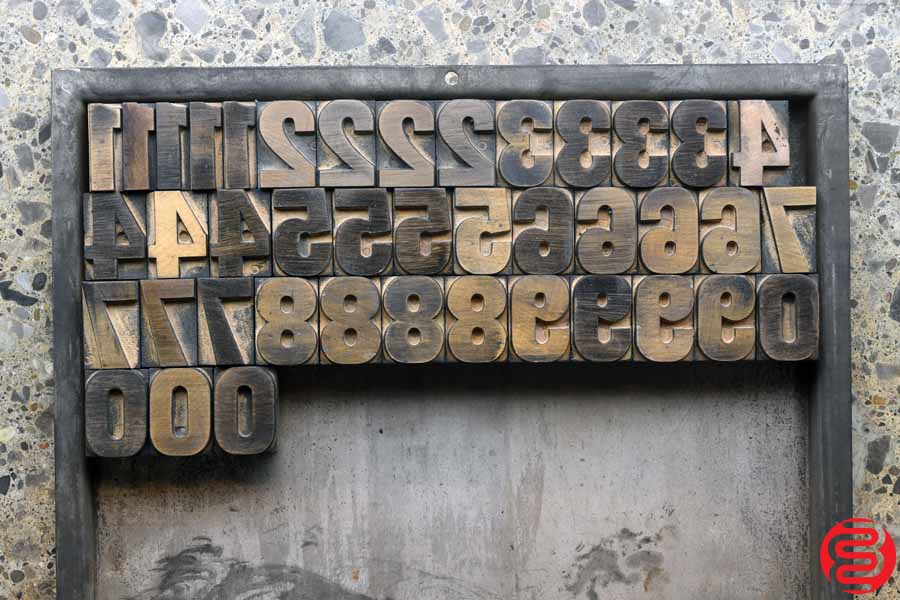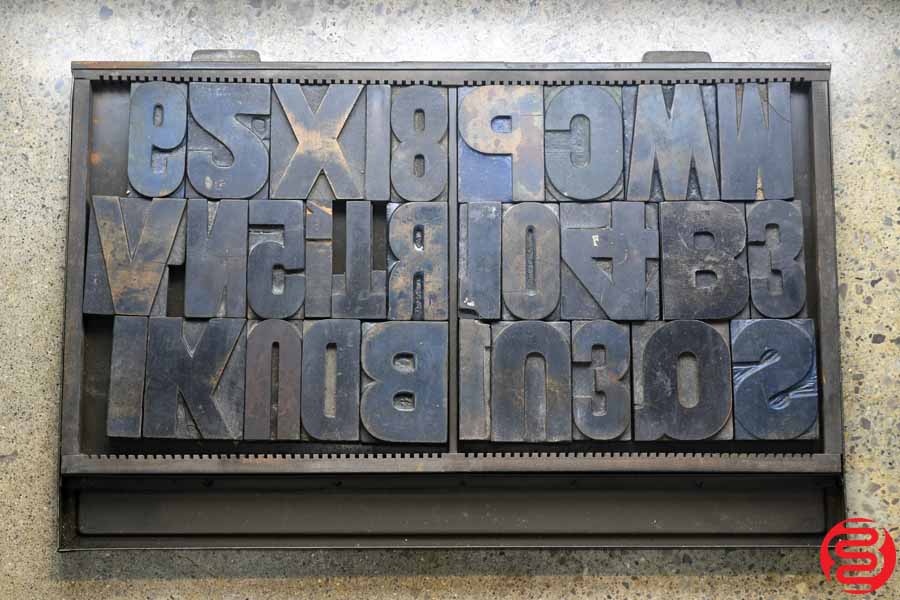
Soon, printing studios were popping up all over the continent, churning out Latin and Greek texts, scientific papers, religious works, and philosophic writings. Gutenberg’s invention took Europe by storm.

The Printing Revolution in Europe and beyond You can view an interactive copy of the bible here. The Harry Ransom Center at The University of Texas at Austin has one of few complete bibles in existence. One of these final resting places is in our hometown of Austin, Texas. Most Gutenberg Bibles call universities across the globe their home. A single edition is valued anywhere from $25-35 million, with the last recorded purchase of a complete book being in 1978. Upward to 180 copies are to known to have been printed, with only 49 surviving today (29 are incomplete). The Gutenberg Bible began the dawn of literacy for the public, including women. Prior to the publishing of this book, priests and monks were the only people to have access to the written word. Gutenberg’s most famous printing is the Gutenberg Bible-otherwise known as the 42-Line Bible-which is considered one of the first mass-produced books created. Unlike the letterpress machines of the 19 th century and on, Gutenberg’s did not contain rollers, meaning the human printer would manually lift paper in and out of the machine.


His genius included creating metal type using capital letters, lowercase letters, and punctuation and designing a longer-lasting oil-based ink made from turpentine, lampblack and walnut oil. Gutenberg’s creation did wonders for the publishing world and is considered the impetus for the Printing Revolution. Prior to Gutenberg’s creation, block printing was most commonly used in printing, a practice dating back to China 175 AD. The history of letterpress printing begins in the 15 th century, when a German inventor by the name of Johannes Gutenberg created the first mechanical movable type. In this article, we’d like to go over the history of the letterpress, from its inception at the hands of inventor Johannes Gutenberg to its recent revival in small studios across the globe. For over seven centuries, the letterpress has been an integral part of printing and communication.


 0 kommentar(er)
0 kommentar(er)
